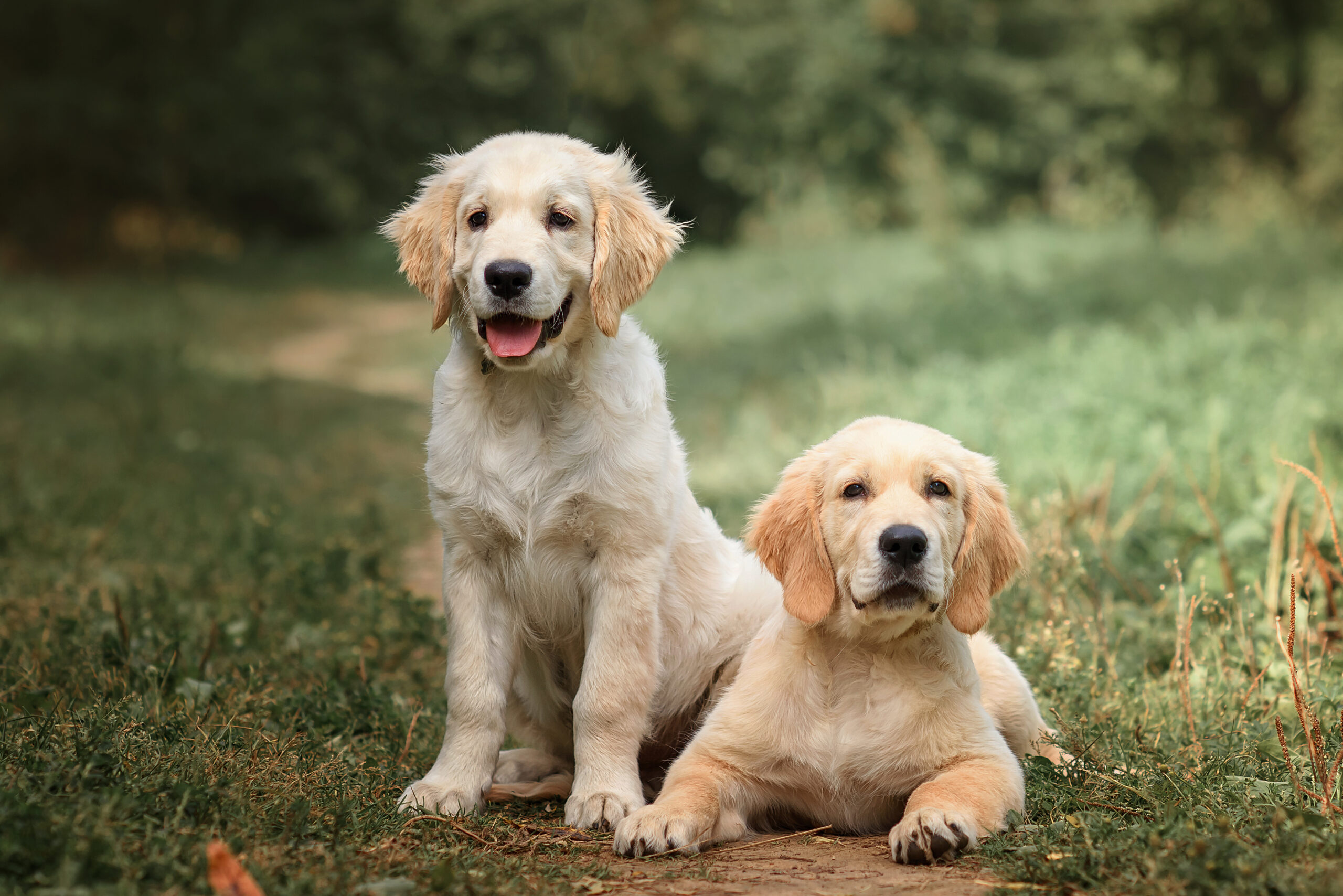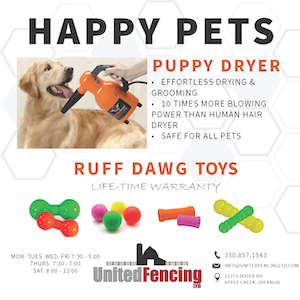TBD: Why would you need an exercise yard? Actually, this is very important if you want to have your dogs and puppies socialized! Having well established grass or artificial turf will help keep your canines clean while they romp and play. Scatter the yard with some durable chew toys, and if you can afford to take it to another level, add some playground equipment. You will be amazed at how much the puppies love to jump, slide, and romp around on these! I promise, your puppies will sell better, as they will be better socialized, and you will be able to get sharper, perkier pictures for your online listings.
IBC: This is something that we are anxiously waiting to implement in our kennel. I see this as being one of the best investments you can make for your dogs and for good public perception. Your dogs will appreciate an area large enough so that they can run at full stride before needing to make a turn. An elevated platform with ramps and steps to enter and exit at their pleasure helps to prepare them for rehoming, as they will very likely be living at a home with a long flight of steps. Also don’t forget the chew toys and treats.
SMC: Absolutely you want a play yard! Our outdoor runs are 10 feet by 24 feet. Yes 24 feet! We still want to fence in an acre of grass area beyond that to let the dogs out for a daily run to burn off some energy. Install some playground equipment with stairs, tunnels, ramps, etc. and a bunch of stuff to chase and chew on. It has been proven that giving dogs and puppies different levels to walk and climb on, different surfaces i.e., grass, gravel, concrete, etc. enhances their development and quality of life.
PVP: Yes, we would recommend an exercise yard! We have three exercise yards, but have not used then a whole lot due to not having the right fence installed, leaving gaps for the small dogs to slip through. So always keep in mind if you have small dogs, you need small fences. We are in the process right now of putting up a new fence, so we are looking forward to using it more this summer. We put a rock garden in, and are also adding a Rump and Play House, and other toys for the dogs. It’s also good to make sure your dogs have access to water in the play yard.
PTP: Definitely! Who doesn’t like seeing that look of pure joy on dog’s face running around and interacting with other dogs that are not their roommates. I believe your play yard will be key to a number of things. A better kennel environment, an easier rehoming process, and a happy dog will be a healthier dog. Consider having a variety of different objects. Ramps, Steps, Playhouses, Tunnels, and much more. Be creative.












